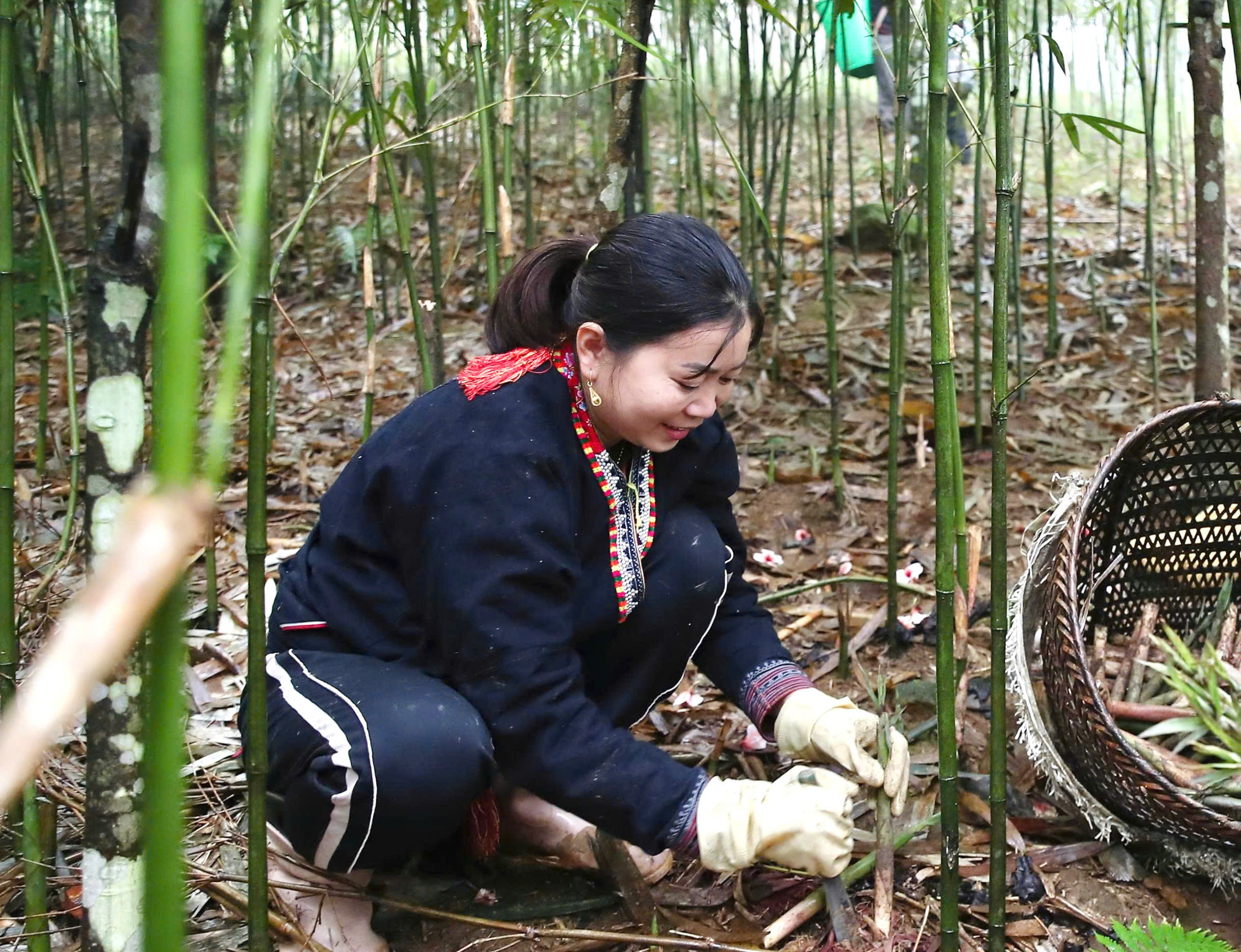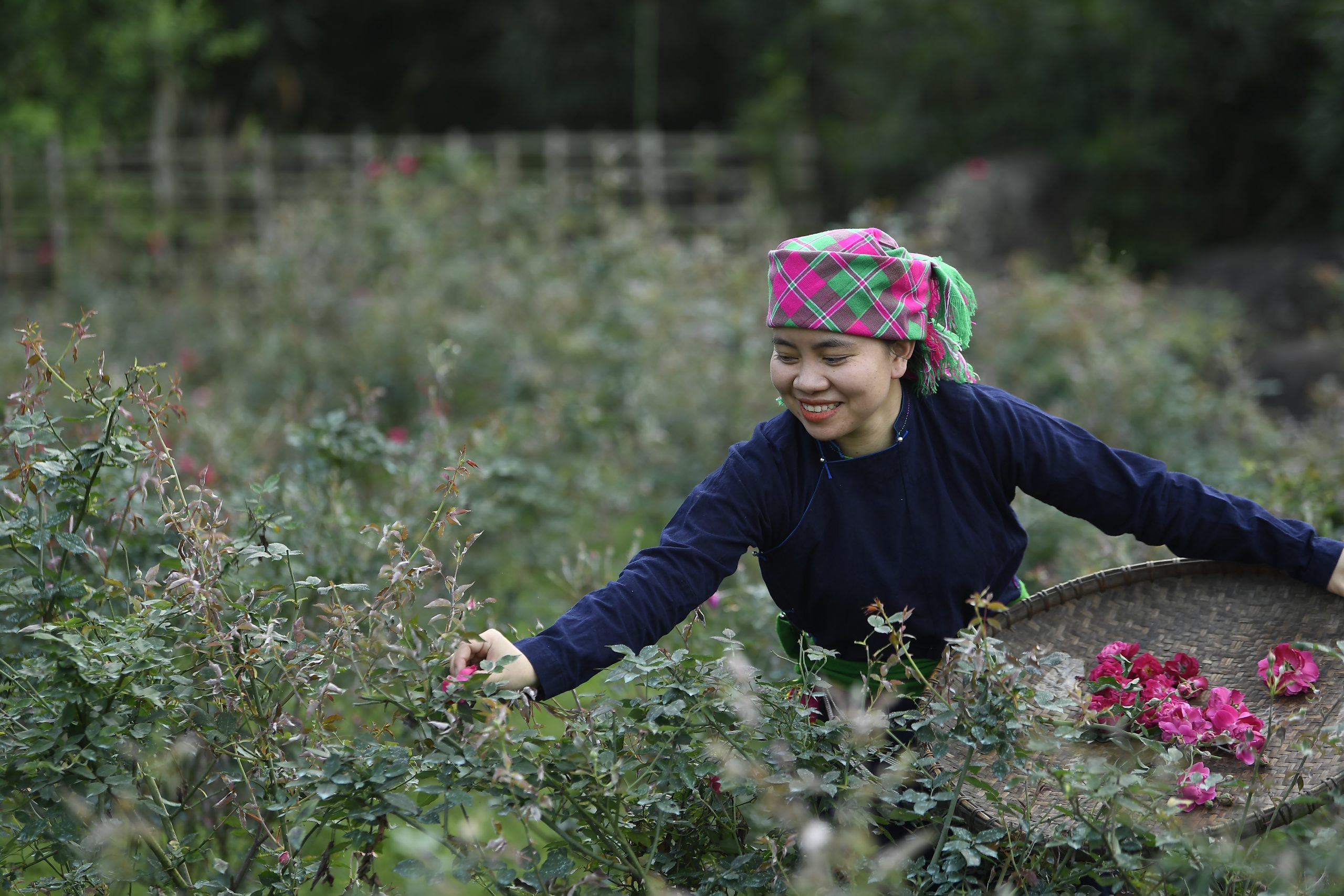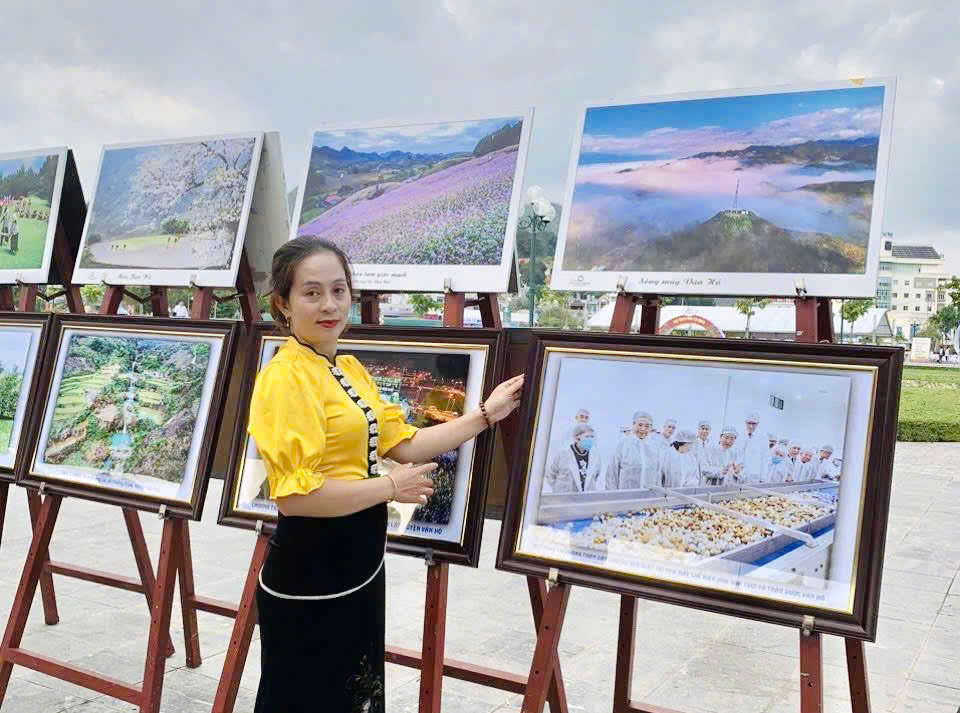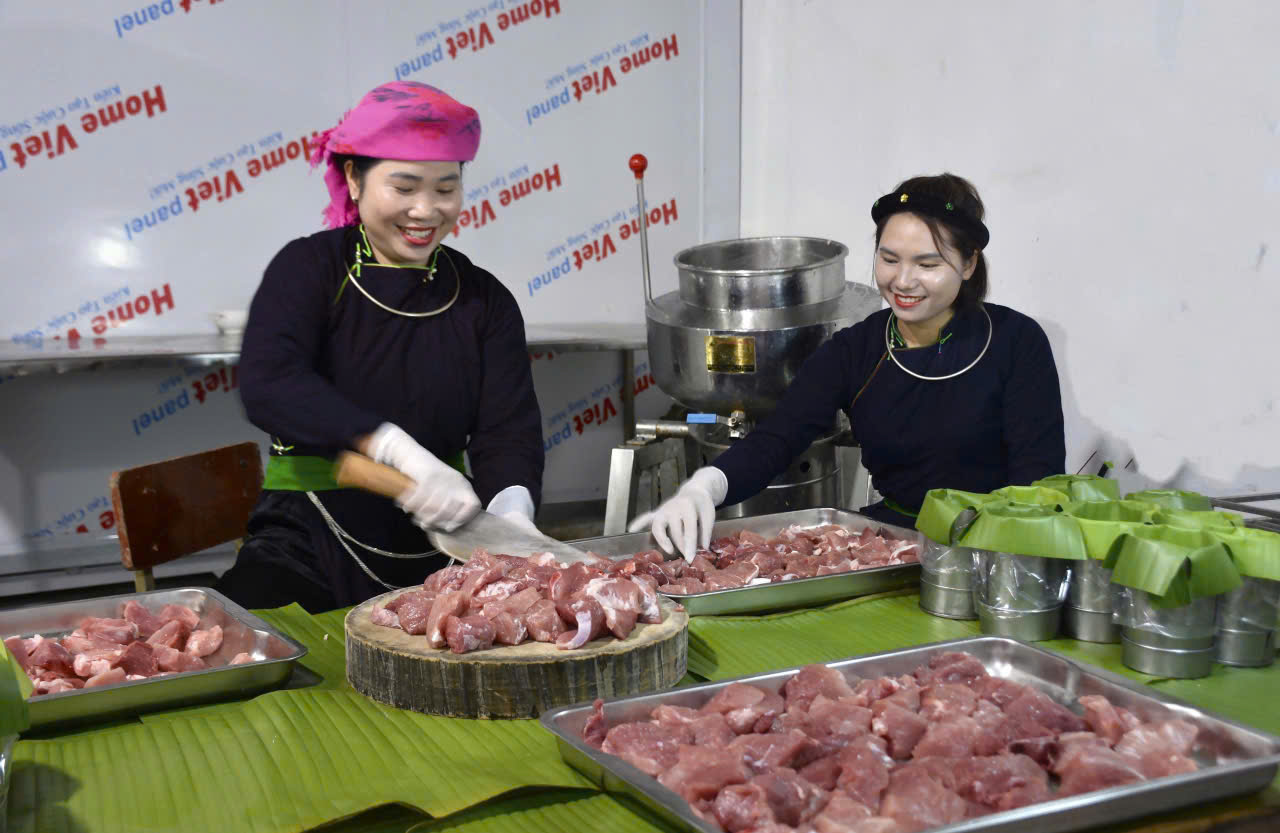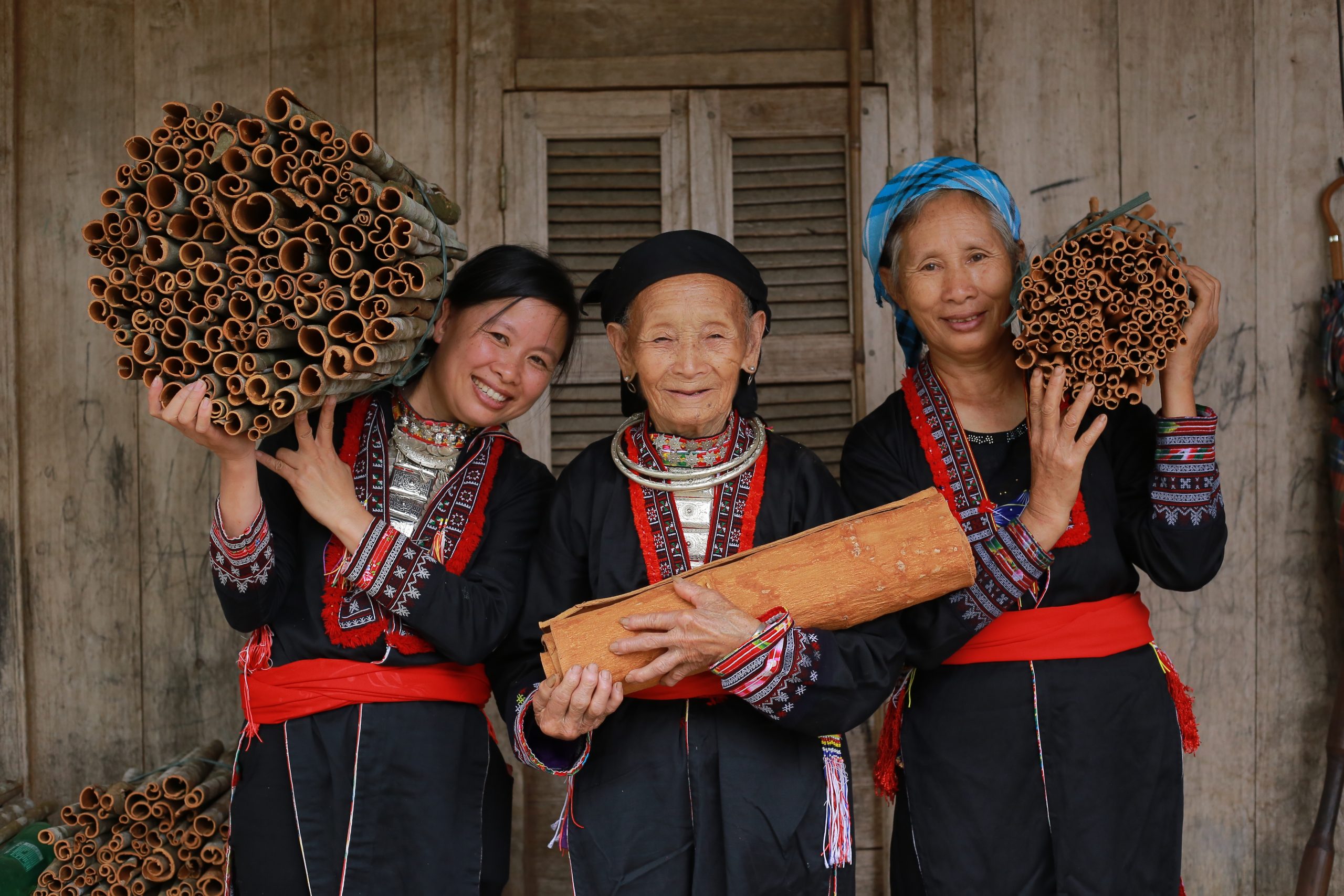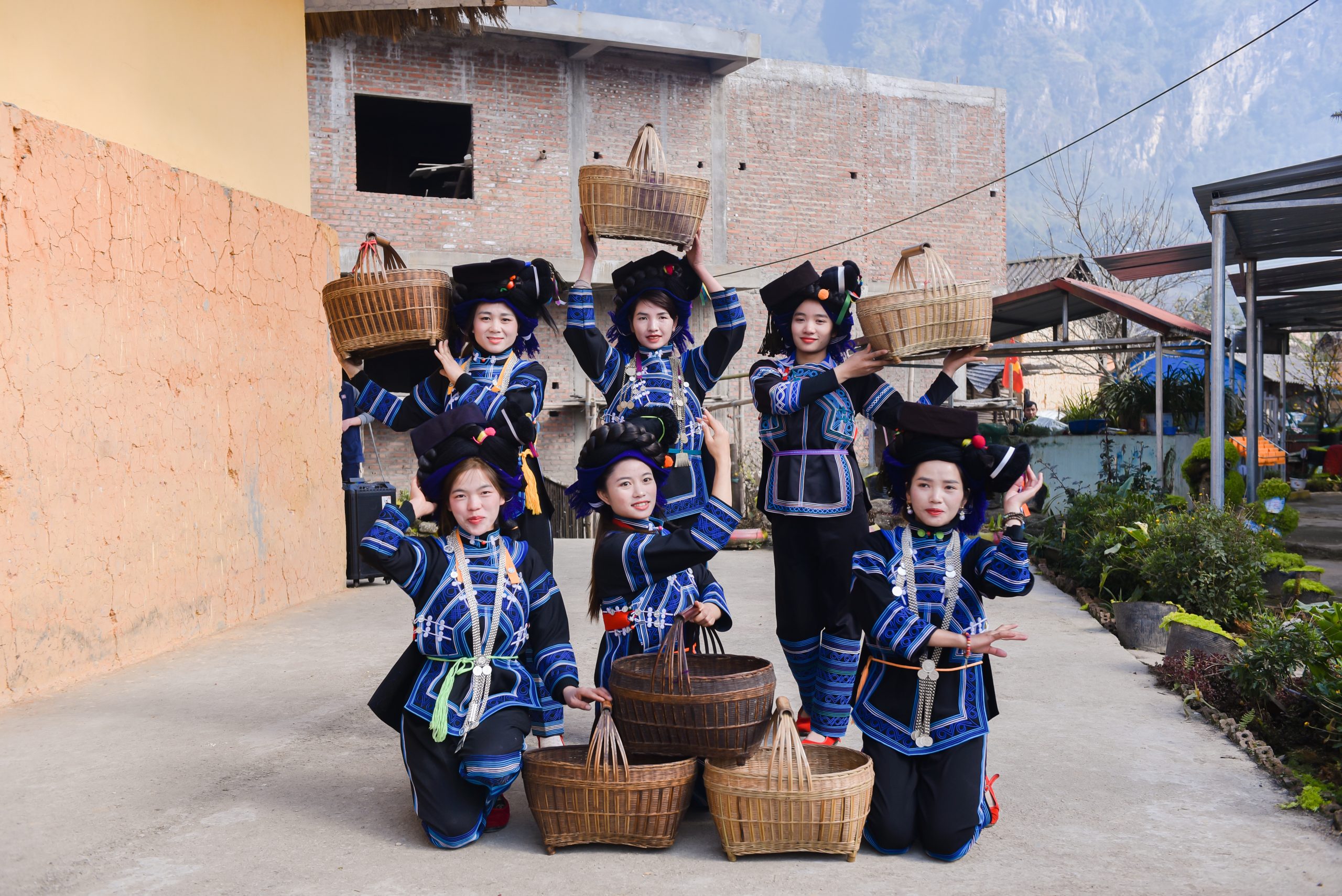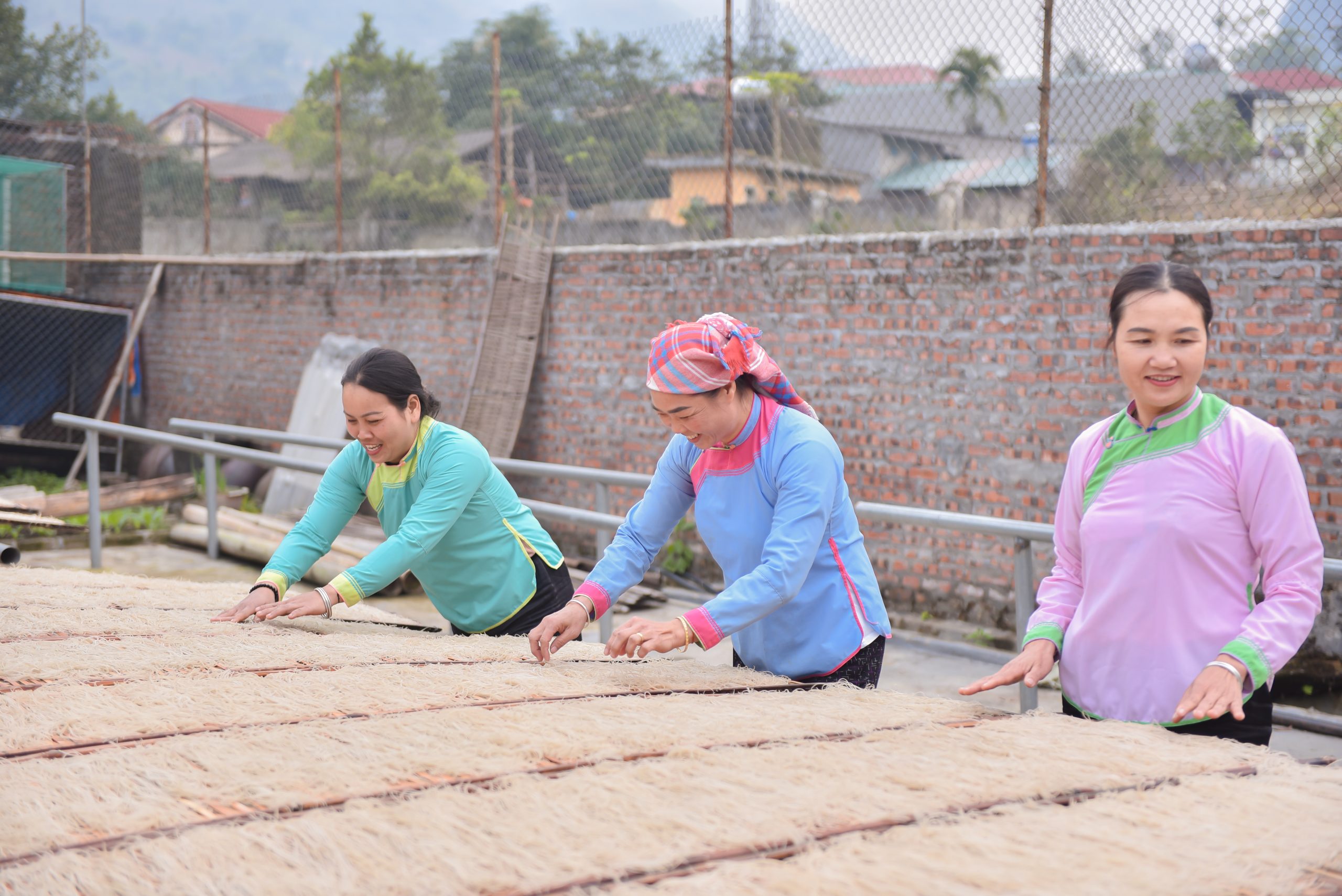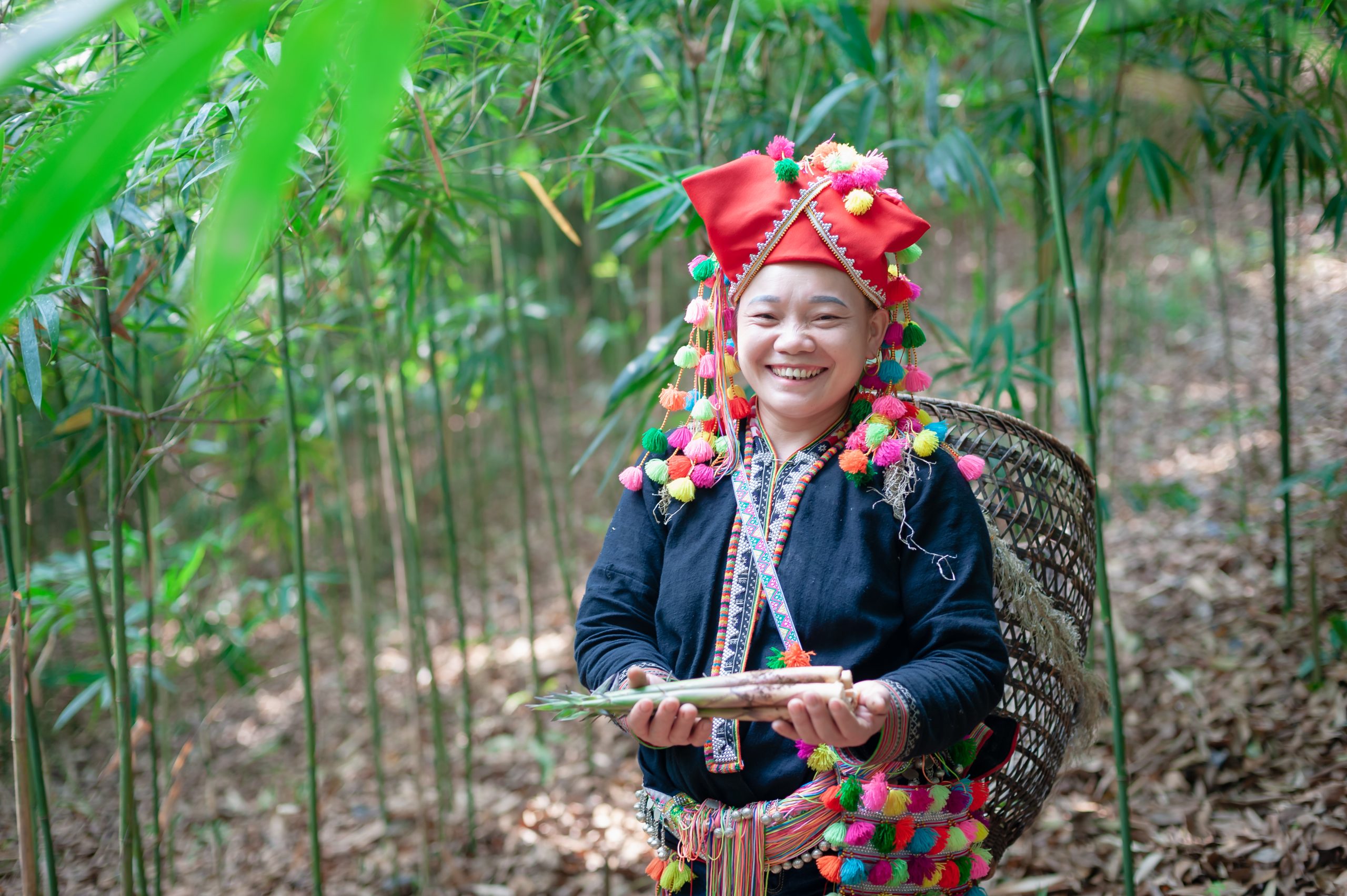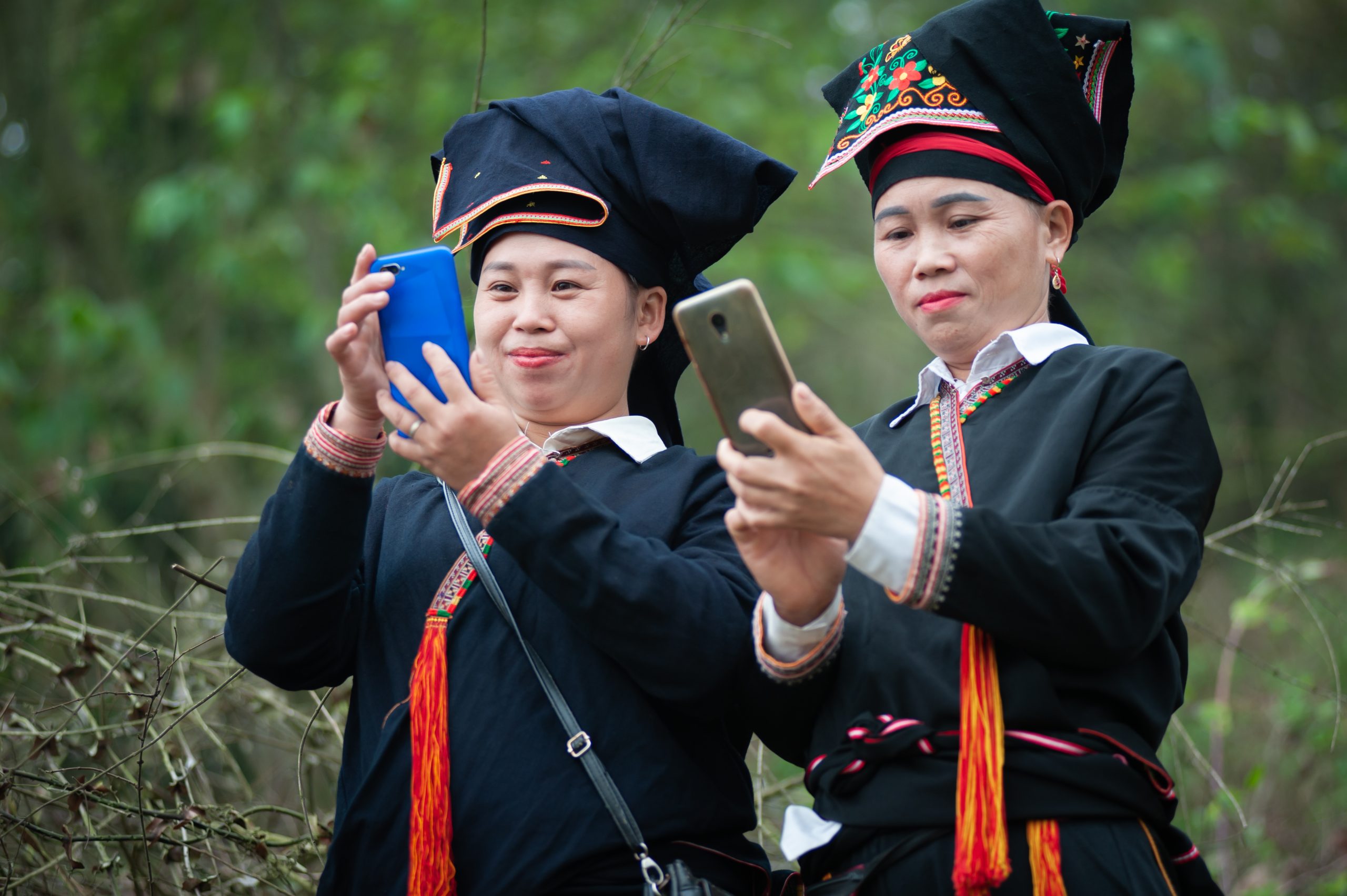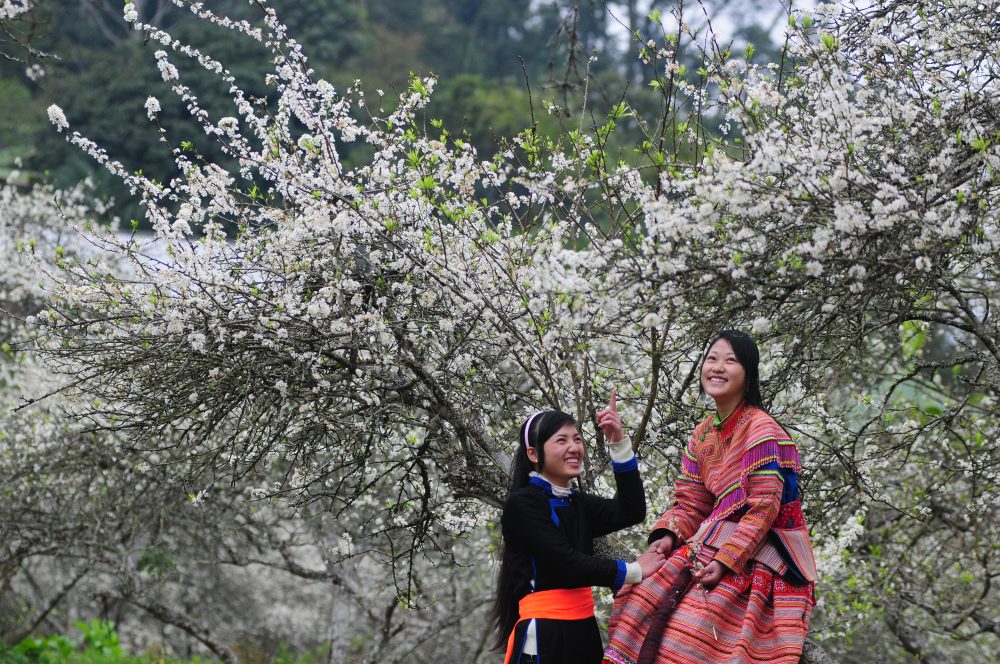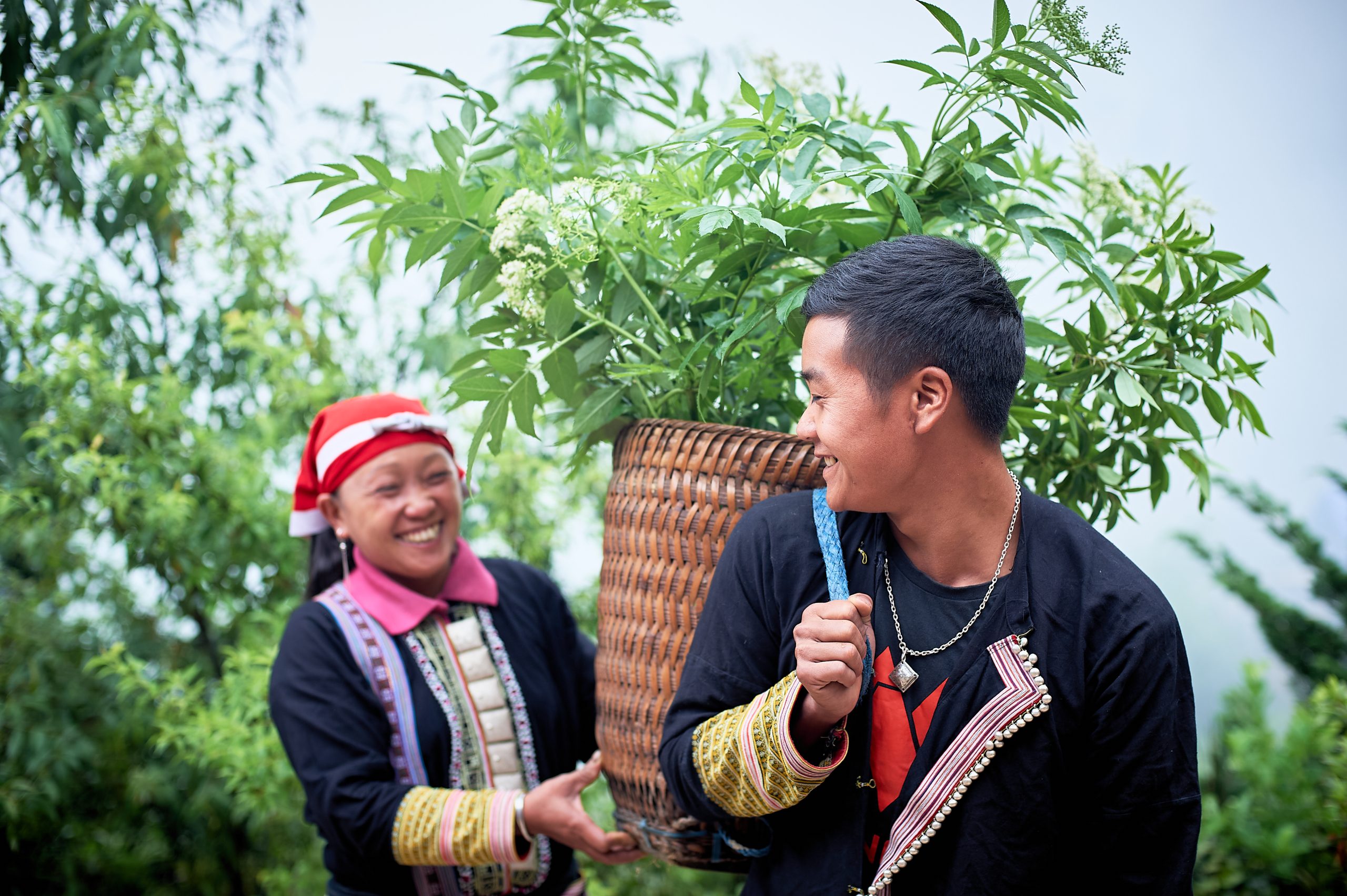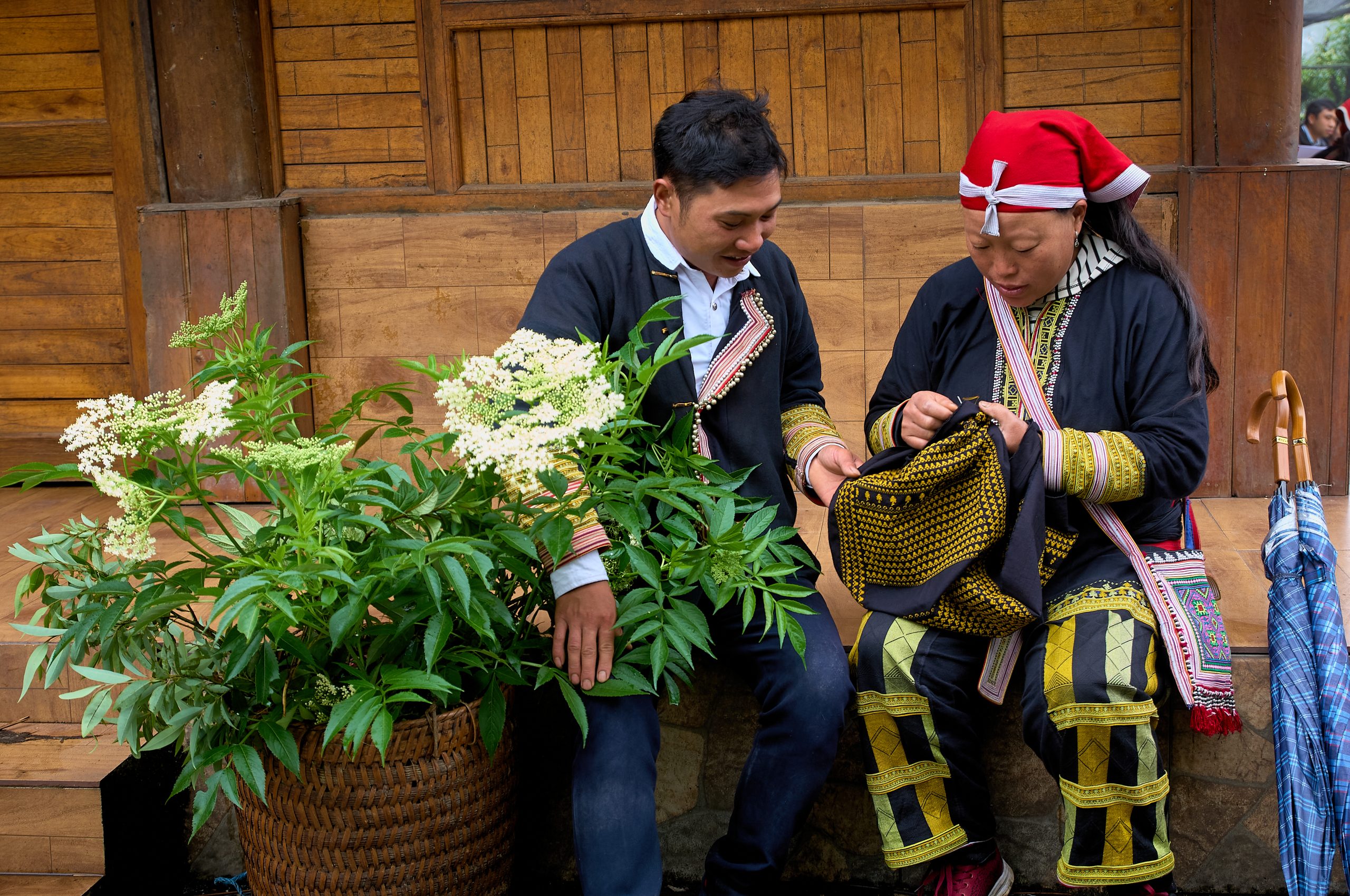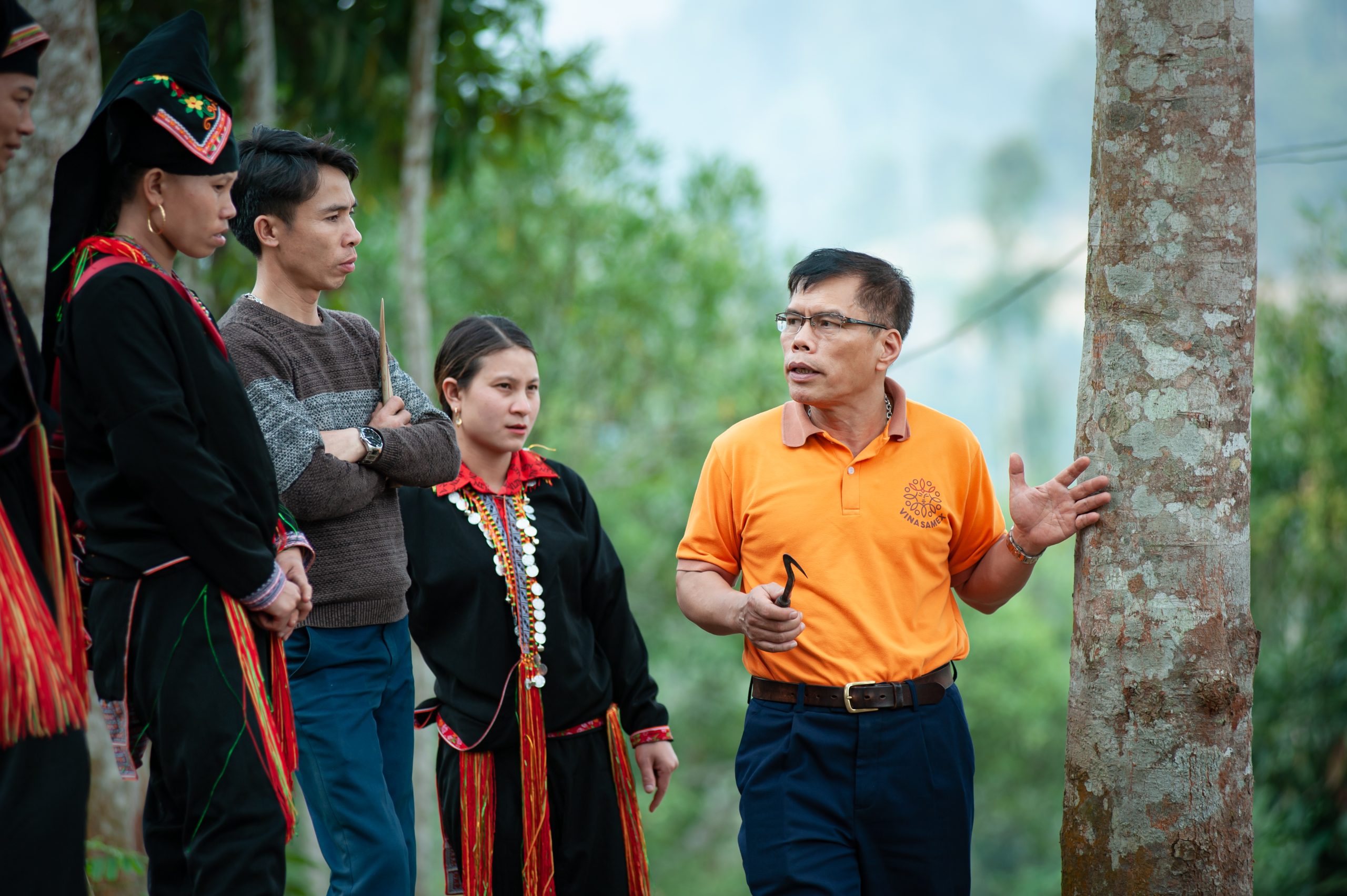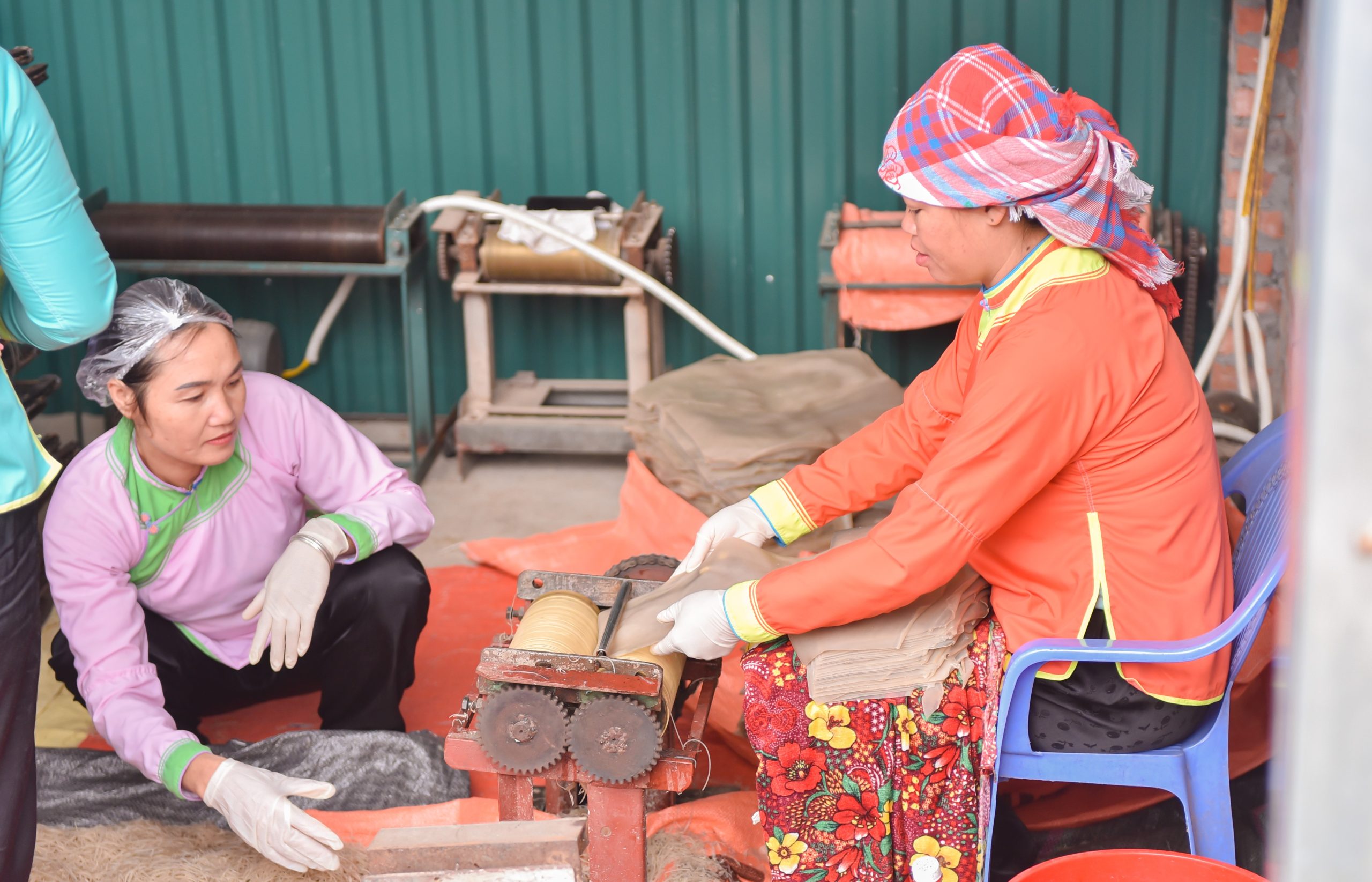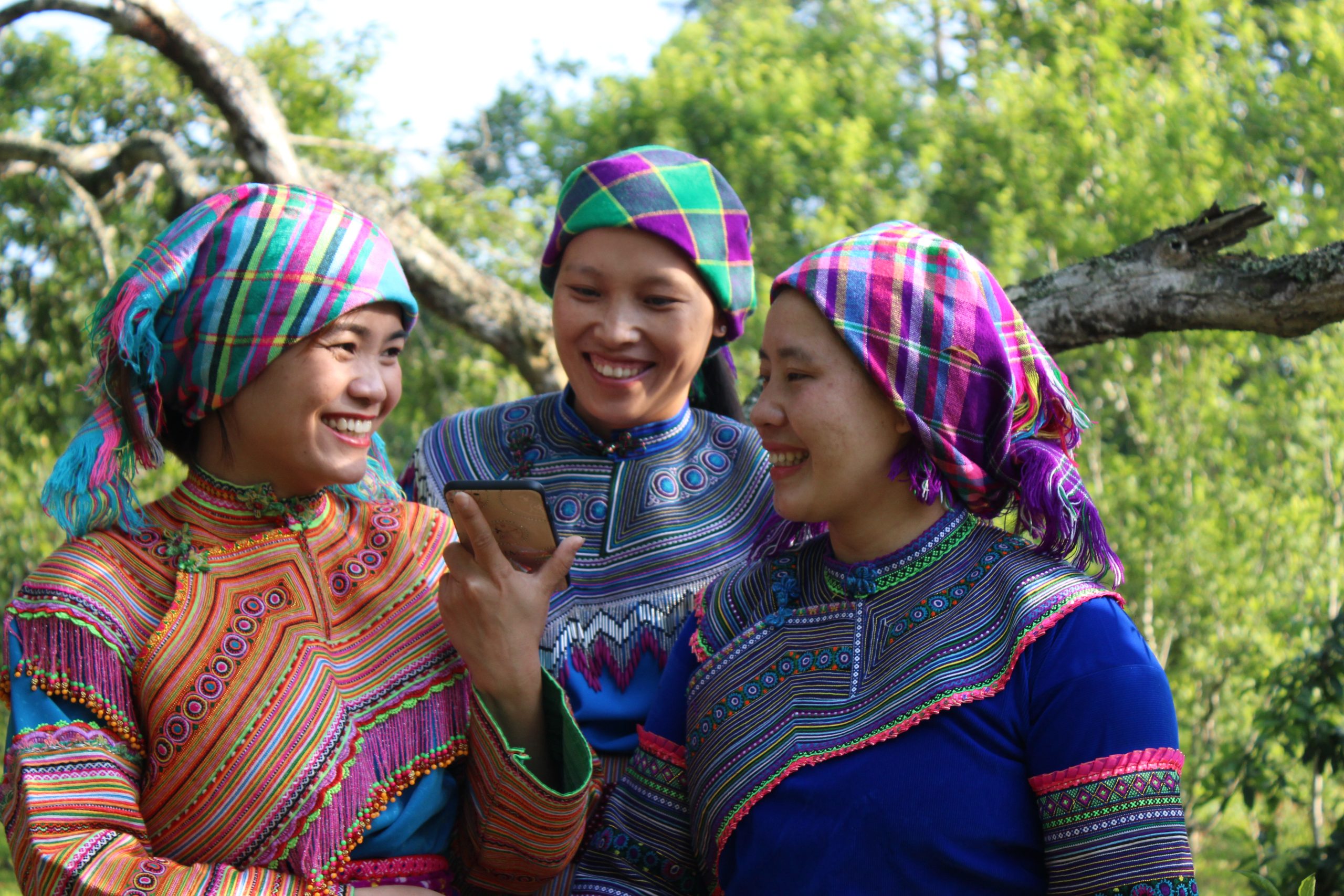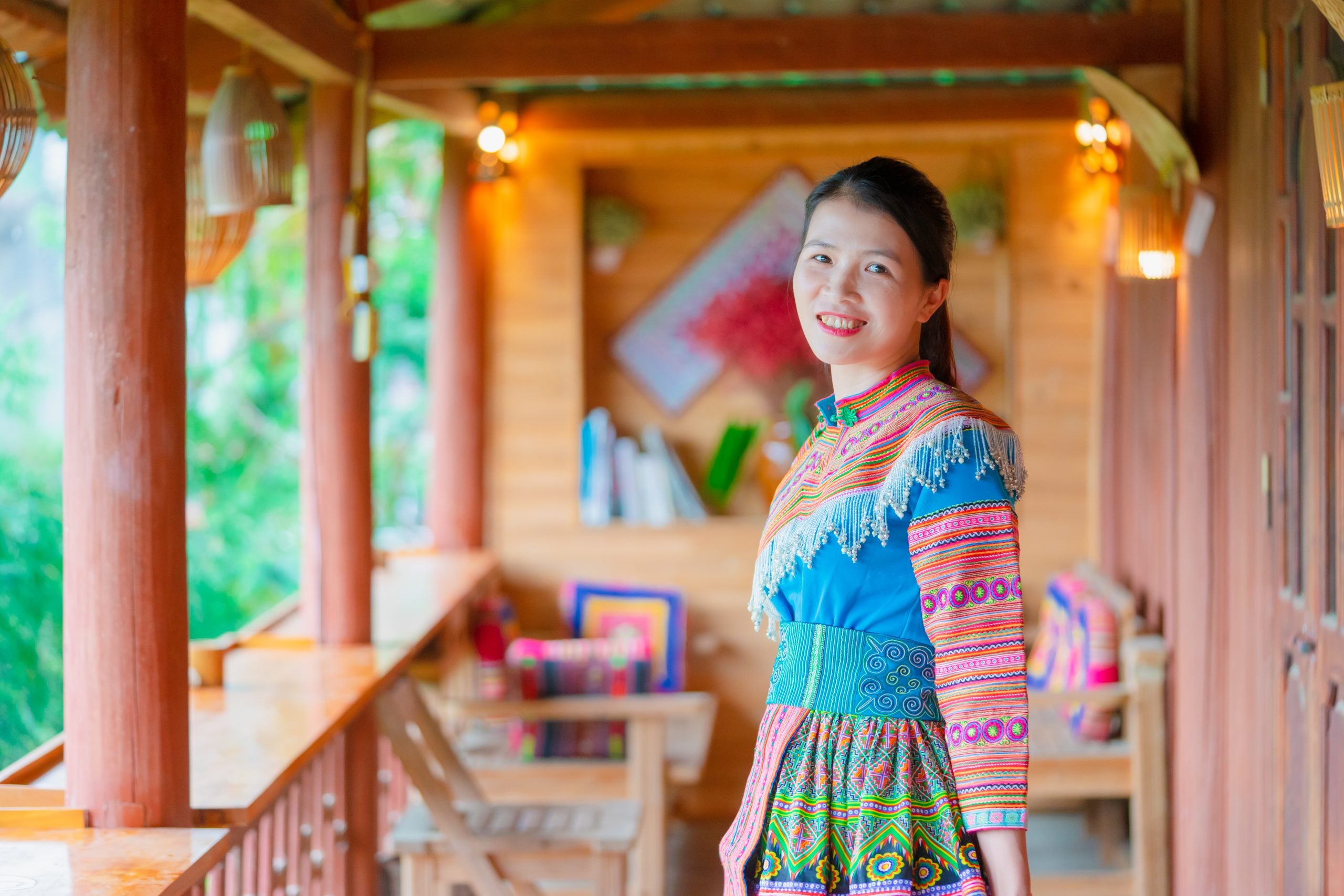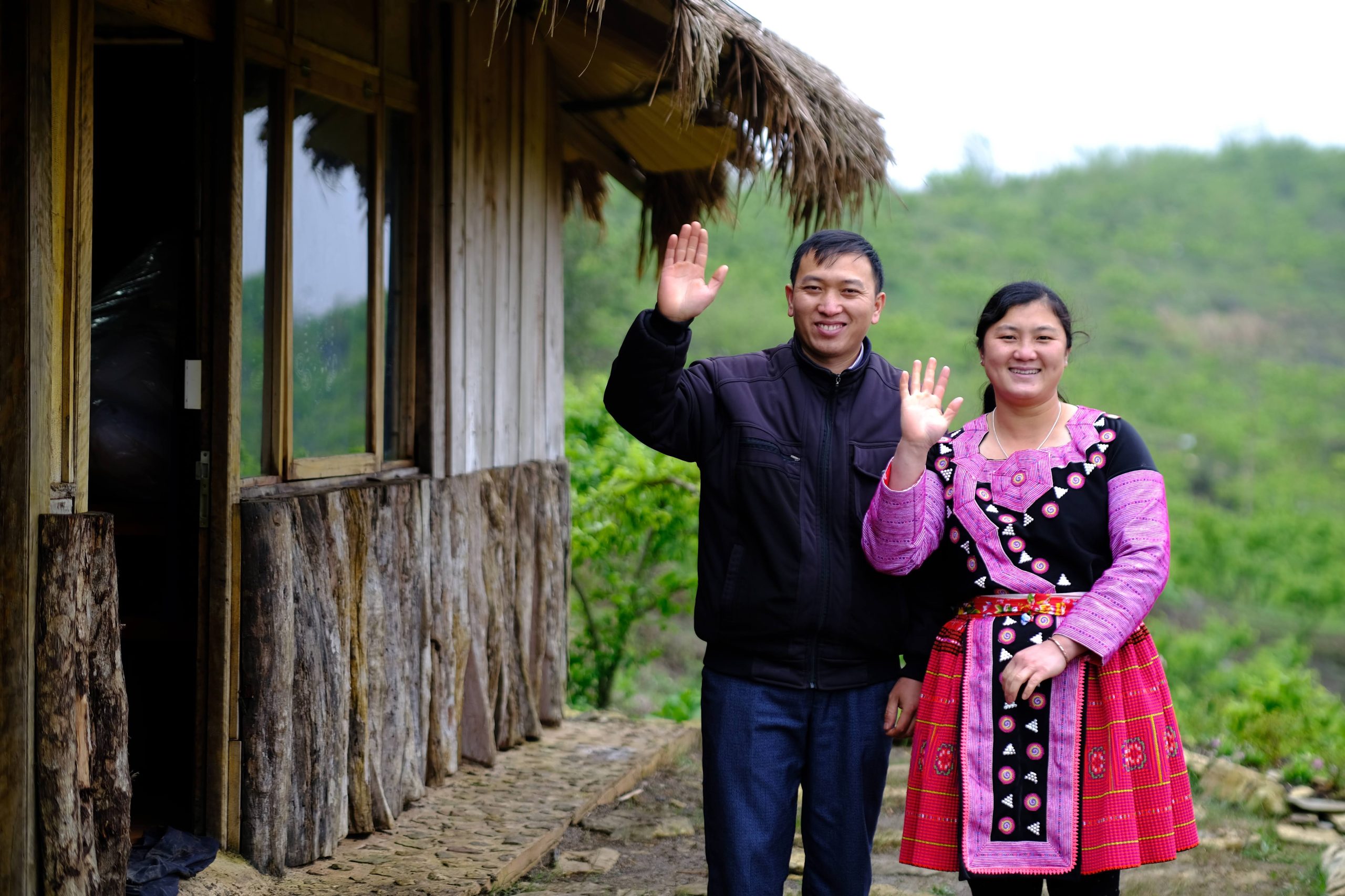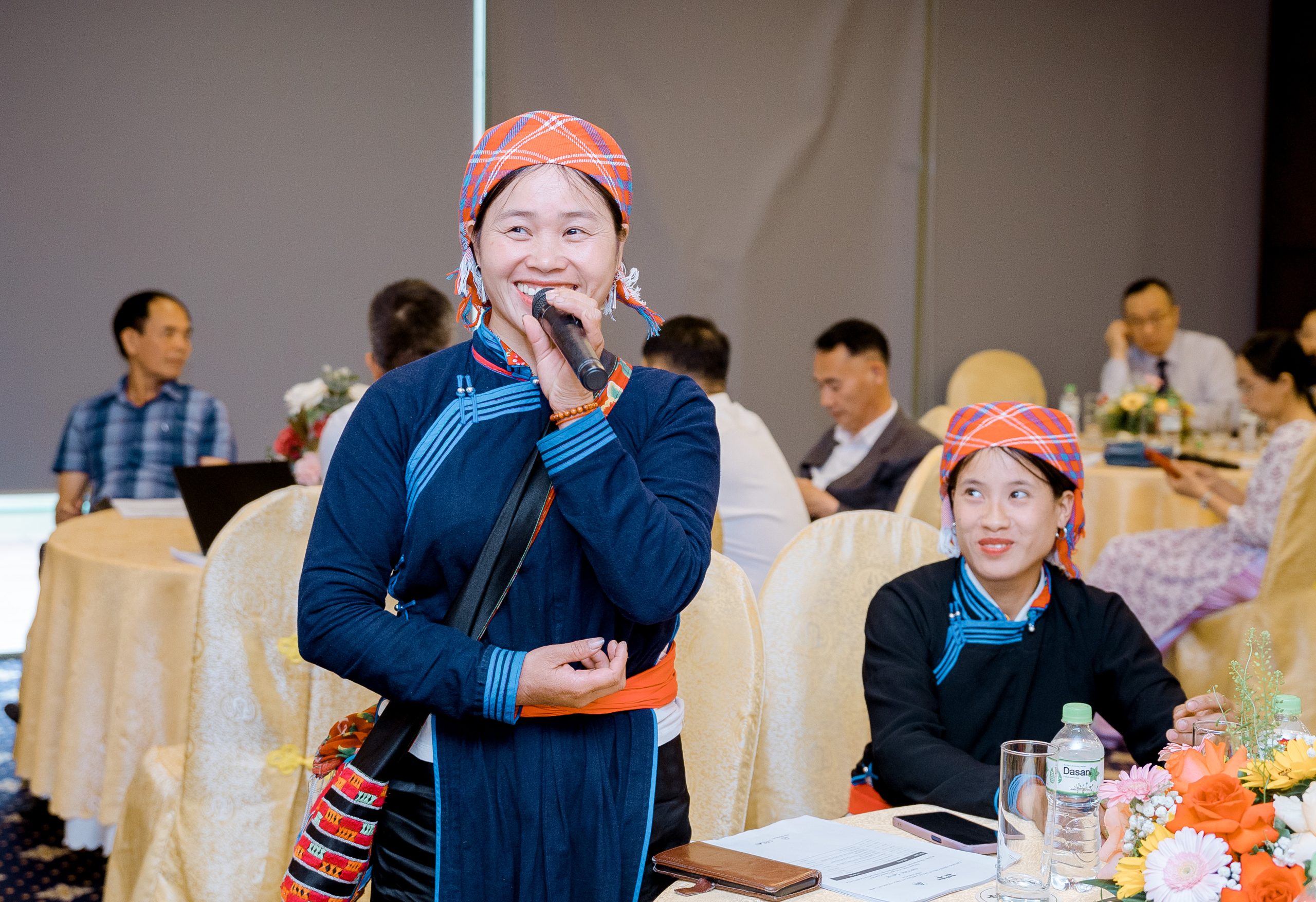Ramie helps ethnic women weave family happiness
10/09/2022
In the early morning, Quach Thi Tang (born in 1991) and her family go to the ramie field to clear weeds. It rains so much in summer that the ramie plants are lush and the plants with the stems as big as a thumb can be harvested.
“Since planting ramie, I feel very happy. The whole family works together, everyone has a job. Most importantly, the income from ramie is much higher than that earnt from growing rice or maize,” said Ms Tang.
A chance for a new life
In the past, Thai women who grew up in Lien Hoa commune, 50kms from the centre of Van Ho District, Son La Province, only knew how to use ramie leaves to make ramie rice cakes. In recent years, they learned that ramie is used as a raw material in the textile industry and can attract a high price.
Previously, like other families, Ms Tang’s family grew maize and rice all year round with an average income of less than VND 20 million (USD 871) per hectare per year. The income was not enough to cover the family’s expenses.
In 2017, Ms Tang learned of the Australian Government-funded Gender Responsive Equitable Agriculture and Tourism (GREAT) Program.
The program partnered with Vinafi Company and the Son La Provincial Department of Cultivation and Plant Protection to develop a ramie plantation area and provide training and information on ramie growing techniques. The partners also focused on encouraging women to be involved.
Ms Tang was trained in seeding, planting and processing ramie. Vinafi Company supported initial production with advice and machinery so that people could feel confident in production techniques. All ramie products were then purchased by the company at a set price.
Ms Tang was one of the first participants and became the leader of the ramie growers in Non Village where she lived.
She persuaded other people to grow ramie instead of maize. However, as ramie is a newly-grown plant in the region, people’s understanding of planting techniques was still limited, so the yield remained low. By the end of 2018, Lien Hoa’s commune had six households growing ramie across four hectares.
However, the income from ramie is also higher than that of maize and the work is less difficult as, once planted, ramie can be harvested for 10 years. Ramie also attracts has very few pests and diseases.
With these factors in mind, Ms Tang asked her sister Quach Thi Tuyen (born in 1989) to also begin growing ramie. Ms Tuyen and her husband were poor and had left their children in the village to be cared for by their grandparents and they moved to the southern province of Dong Nai to earn a living.
After hearing about the project, Ms Tuyen decided to grow ramie on an area of 2,000m2. After a year, her and her husband enjoyed profitable returns. They produced 180-200 kilograms of dried ramie, fetching an average price of VND 40,000 per kilogram. This translated into a total of VND 40 million for their entire crop, four times higher than the income they earned from maize and cassava.
Gender equality is a focus
Ms Tang works for the local Women’s Union and was very active in convincing other women to join the ramie project.
“I realised that the project not only helps women grow ramie and increase family income, but it also empowers women to lead and manage the family budget, and to become more confident. Previously, the husbands decided everything. But now husbands and wives work together, earn money together, and have the same voice in the family,” said Ms Tang.
This is very true for Ms Tuyen’s family. Previously, her husband, Mr Ngan Van Dinh, was the one who made all the decisions. Now Ms Tuyen participates in the project and has increased the family’s income, so Ms Tuyen’s voice is also stronger in the family. From raising children to buying machinery, processing ramie or building a house, Mr Dinh discusses everything with his wife.
Ms Tuyen and her husband decided to convert an additional one hectare of maize production area to ramie. The results were beyond expectations. Instead of harvesting four crops of ramie per year, they could harvest five times per year and each harvest produced 1,200 kilograms of dry ramie on 1.2 hectares of production land. After deducting all up-front investment costs, the couple earned VND 220 million per year from ramie.
With the additional income from growing ramie, the couple renovated a spacious two-storey house on stilts, bought motorbikes and household appliances.
The COVID-19 pandemic did not affect the family income. Ms Tuyen said that ramie was easy to store as the processed, dried ramie could be packed in plastic bags and can be kept for up to a year. After the social distancing period, Vinafi Company bought the ramie at the same agreed price.
“Growing ramie was the best choice we have made. The living standard is better but the most important thing is that my wife and I don’t have to work far from home anymore and have more time to take care of our children,” said Mr Dinh.
From 2019 to now, GREAT has supported the establishment of 13 producer collective groups and a number of training courses for farmers.
So far, the project has reached 932 participants, of which 50 percent are women and 100 percent are from ethnic minorities.
When the project started in 2019, the province had 70 hectares of ramie in Van Ho and Moc Chau Districts and, as of December 2021, this number reached 1,038 hectares and the project expanded to four additional districts.
Recent
